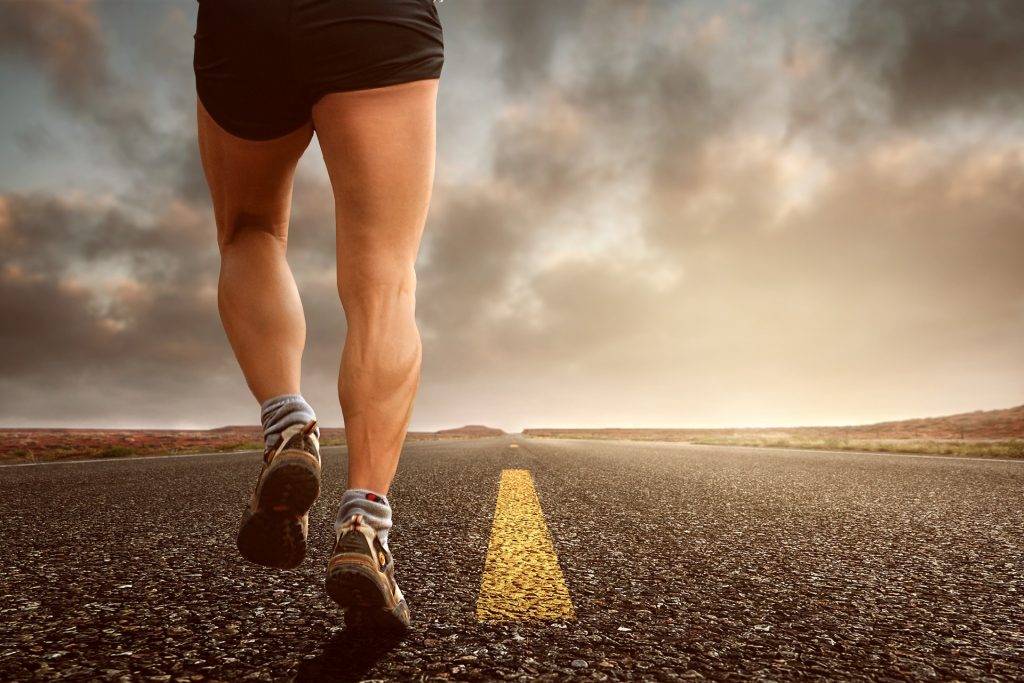Morality In Sports. Do sports teach good moral character? This is one of the controversial questions on the forefront of ethics debates and studies today. According to the book, Sports: Why People Love Them!, a sport is defined as an institutionalized, structured competitive activity beyond the realm of play that involves physical exertion and/or the use of complex athletic skills (Delaney & Madigan, 2009). One of the most important aspects in sports aside from talent and teamwork is sportsmanship. If a person follows the rules and regulations, and is respectful throughout the game, that person is thought of as a “good sport.” When it comes to rules and regulations, morality becomes open for interpretation. It is up to the player whether he/she wants to mold their moral principles in each situation that occurs on the field or the court. For example, a person is playing for the home team in a soccer game against the biggest rival team in the area. The score is 1-1 nearing the end of the game, and everything is at stake. When the player dribbles into the opponents’ goal box, he is nudged by a rival defender and dives to get a call. There is only seconds left and the referee calls a penalty kick, which sets the home team up to win the game. Should the player admit it was a dive or take advantage of this incredible opportunity? This is when the goal of the game interferes with a player’s morality. The player should correct the referee however he will most likely ignore that idea completely. The desire to win often governs above all else and influences athletes to ignore the rules and behavioral code of the game. After having played and watched sports for 15 years now, it is evident that sports do not teach good moral character.
The beginning of sports dates back thousands of years ago to the Ancient Olympics in 776 B.C. Over time, sports have become a tradition and with that tradition comes a long history of bad morality, namely cheating. There have been numerous accounts of cheating in various sports in the past. For example, in the WPS World Cup Final, Briana Scurry, the U.S. goalie, came two yards off her line before the ball was kicked in the final penalty shoot-out. In soccer, the rules state that the goalie can only move laterally on the goal line until the ball is kicked. Scurry’s unfair advantage allowed her to save the ball and win the world cup championship for the U.S. Her action left the Chinese traveling home empty-handed and the U.S. team basking in a morally tarnished glory (Simon, 2004). Another example was during the 1986 FIFA World Cup Quarter-Final. Diego Maradona was going up for a head ball in the final seconds of the game. He knew that he could not head the ball so he disguised a header and actually punched the ball into the back of the net to win the game. The referee failed to see this devious action and confirmed it as a score. This incident was coined the “Hand of God.” Twenty years later, Maradona was interviewed and admitted that he did in fact punch the ball in the net. Even to this day, English fans are bitter over that unethical play (Delaney & Madigan, 2009).
A third example is the “Music City Miracle”, the most infamous play ever in the minds of Buffalo Bills’ fans. In the closing seconds of a playoff qualifier, the Tennessee Titans’ tight end, Frank Wycheck, threw a forward pass to Kevin Dyson, who marched 75 yards down the field to score on a kick return. The Bills’ players pleaded with the referee, however the referee confirmed it was a score after official review. In each of these circumstances, a single player or an entire team were faced with an ethical battle: whether or not to be honest and correct the call. As a result of the pressures from the fans, teammates, and coaches, as well as the desire to win, each player cheated in the face of adversity. In my mind, the only message that this sends to our community is that winning is everything. In each scenario, the same question is brought forth in our mind. Are these actions moral? The answer is no. Cheating is immoral, and therefore, unacceptable in fair play.
One of the other issues that seems pertinent, especially in today’s sports, is misconduct. Because of such a problem, there is an extreme lack of good role models in college and professional sports. The general mentality possessed by these athletes, especially males, is that they are above the law. Because of fan praise, popularity, and too much self-confidence, many athletes believe that they are “untouchable” and that the norms and behavioral codes of society do not apply to them. As a result, many athletes have lost their cool in front of thousands of fans. Whether it was a battle within themselves or a battle with the opponent, fans, or referee, such behavior is unacceptable. For example, just yesterday, Serena Williams lost control of her emotions in her tennis semi-final. Williams, already behind in the standings, served the ball and the line judge said her foot was in front of the line. She became outraged and threatened the line judge. The line judge immediately ran to the panel. When Serena was questioned about her actions, she simply replied, “Are you serious?” That same statement made the headlines in the daily newspaper. Williams’ antics lead to crowd disapproval and many angry fans.
Yet another example of misconduct was the assault in the Boise State vs. Oregon football game earlier in the week. After the game and being verbally antagonized, LeGarrette Blount punched an opponent in the face and later, advanced toward rival fans as well. There was a huge upheaval over his actions. As a result, he was suspended for the entirety of the season. The headline in the newspaper read, “UO’s LeGarrette Blount goes crazy in post-game at Boise.” One might question, “How highly is morality regarded in the minds of these athletes?” Do they know what kind of effect this will have on the sports community? Incidents like these demoralize the image of professional and college athletics. Some say, “It’s fun to watch.” Yes, but is it worth altering the moral consciences of younger athletes, who can’t quite determine the difference between right and wrong yet? The answer is no. Young kids need a positive, decent role model to look up to, in order to influence ethical and moral play.
While bad morality has been a trend in the sports world since its beginning, some argue that sports teach good moral character. These people point to times when players help opposing players back up after knocking them down, use proper language, and shake hands with the rival team and referee. These manners were taught as a matter of etiquette to athletes at a very young age. They were the result of the expectations of coaches rather than personal choice, and therefore, not true expressions of the individual’s morals. As these players got older and more choice was involved, these athletes’ true colors were exposed. As mentioned previously, Serena Williams verbally attacked a line judge and LeGarrett Blount sucker punched an opponent. They might have once been taught how to show good sportsmanship, but it obviously went in one ear and out the other. Serena Williams still possesses a bad attitude and LeGarrette Blount still lacks discipline. These athletes operated with the same mode of behavior that one would expect from a small child, and all their experience in sports did not change that.
There are always players willing to bend or break the rules to gain an unfair advantage. There are always players willing to break the code of conduct to retaliate against or injure another player. You might have heard of players like these, infamous for their actions, but encouraged, in order to raise ticket sales. Two names that are prevalent in my mind for basketball are Dennis Rodman and Charles Barkley. Each player would do whatever necessary they could to pervert the game. Referees could have done more to stop them, but were told by their superiors to let most of it ride. It seems economic interests are more important than sending a good message to the community. In football, one of the most notorious players of all time was Dick Butkus. Every time an offensive player came near him he would use any means necessary to pummel them. He wasn’t satisfied with a normal tackle, he had to hit, pick up, drive, and grind an opponent into the ground. Every time he hit an opponent, he tried to put them in the cemetery, not the hospital. In many games, there reaches a point where “opponents are looked at not as people, but as mere obstacles to be overcome” (Delaney & Madigan, 2009). This is where the moral line is crossed and animal instincts take over. One is now keying only on the opponent and not the rules of the game.
Today, character in sports is a huge problem, especially in professional sports. Chad Johnson and Terrell Owens brag and gloat every chance they get. Plaxico Burress served jail time for carrying a gun in a local bar. Michael Vick was incarcerated for holding dog fights, and Michael Phelps was caught smoking out of a bong. All of these incidents bring about negative media attention and shame to sports. As a result, these actions trickle down and influence the minds of younger athletes that see this throughout their entire childhood. Especially in the computer age, there is no sports incident that a young athlete won’t see. Any of them can log on to the internet and choose from any number of sports videos. Now, we have kids bragging, cheating, trash talking, and fighting at such a young age. These effects make us question sports’ role in our community. In regards to moral behavior, sport is a turn for the worse.





